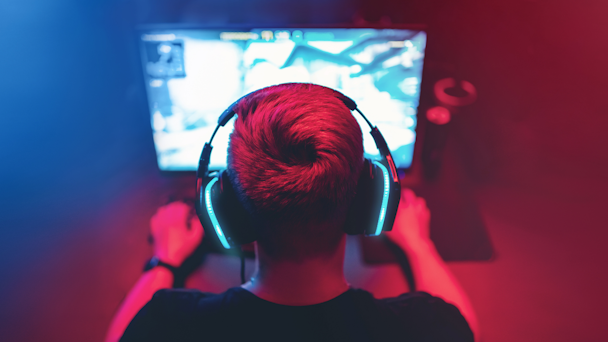How understanding why people game can improve ad success
Pablo Dopico, head of agencies and global brands EMEA & Gaming, VidMob, explains how he is working with Facebook Gaming to implement motivation-based advertising to better drive downloads.

By enhancing understanding of gamers and playing to their different interests, marketers can take a new path forward
Optimizing gaming campaigns has often meant throwing advertising messages at the wall to see what sticks. This worked relatively well while marketers had easy access to audience data that enabled granular user-level insight and targeting. Ad ecosystem changes have changed that.
With insight stores reduced, some delivery-side algorithmic optimizations have been impacted – as has the standard hit-and-miss approach. Although this story is already familiar for marketers across all industries, there are lessons to be learned from the way one innovator decided to tackle them.
Facebook Gaming tested an idea based not on seeking alternative user data sources, but adjusting ad creative to achieve audience engagement. Working with VidMob, it designed creative based on the different triggers that motivate people to play games, such as ‘self-expression,’ ‘social connection,’ ‘escapism’ or ‘relaxation.’ The experiment showed why ad creative is more vital than ever and how crucial it can be as a driver of user acquisition.
The accessibility of mobile has brought in many fresh users – topping 2 billion worldwide – and caught the attention of prominent industry forces, as demonstrated by Grand Theft Auto publisher Take-Two Interactive’s recent purchase of mobile game giant Zynga. This requires a paradigm change because marketers in the gaming space have tended to direct ads at set user groups and lookalike audiences. Although successful in the past, such tactics are increasingly restricting growth prospects; what Facebook Gaming refers to as “fishing for the same players in a small pond.”
The social platform has also found that by enhancing understanding of ever-more varied gamers and playing to their different interests, marketers can take a new path forward.
Facebook’s Creative Shop team, dedicated to exploring, experimenting with and releasing creative initiatives if they prove feasible, hit upon a new concept for the team to investigate.
The main discovery was simple: different gamers play for different reasons. While other industries such as CPG have frequently tapped into motivation-focused creative, it was worth testing whether it would work on mobile app install campaigns and gaming audiences. The findings highlighted the power of motivation and led Creative Shop to question whether it could provide a better means of driving acquisition and growth.
Together with VidMob, Creative Shop tested this theory. Motivation-led creative was built to reflect different storytelling strategies for various gaming brands across 16 campaigns. VidMob’s analytics were then applied to evaluate creative performance; harnessing machine learning pipelines to unpack and assess each creative element of every ad. Alongside the A/B test with typical ‘business as usual’ ads – not based on people’s motivations – VidMob’s tools continuously leveraged real-time data about creative effectiveness to further optimize ads that were based on The Big Catch and inform future creative decisions.
Across every campaign, motivation-led ads were able to extend audience reach and engagement. Overall, these creatives also scored 26% higher in its Ads Quality Ranking than standard ads, meaning the perceived quality of test ads among users – determined by signals such as hiding or viewing ads – was greater. Of course, the most obvious takeaway here is that a 100% hit rate proves motivation-led ads really do work. But it’s worth digging deeper into several especially useful learnings.
Firstly, the ability of new ads based on The Big Catch to outperform the reach of creative that marketers have often already honed over weeks, months or even years emphasizes the flaws of sticking with familiar tactics. By reducing dependency on business-as-usual messages and serving ads that align with what truly inspires users, brands can drive stronger results faster.
Secondly, ensuring ads are genuinely relevant drives higher-value experiences; making it more likely audiences will go on to engage with featured products, increasing cost efficiency. Across all participating brands, no significant difference in purchase efficiency was observed, meaning that motivation-based ads could find and convert high-value users as effectively as traditional gaming ads.
Finally, there is the spotlight on creative intelligence. Thanks to developments in analytics, marketers have access to granular data they can use to gain comprehensive performance insights and inform more precise targeting. Understanding which assets appeal to different motivations enables them to tally delivery with specific audience interests at each stage of the funnel and guide users from discovery to conversion. Or in other words, using creative to persistently forge powerful emotional connections and bolster acquisition.
